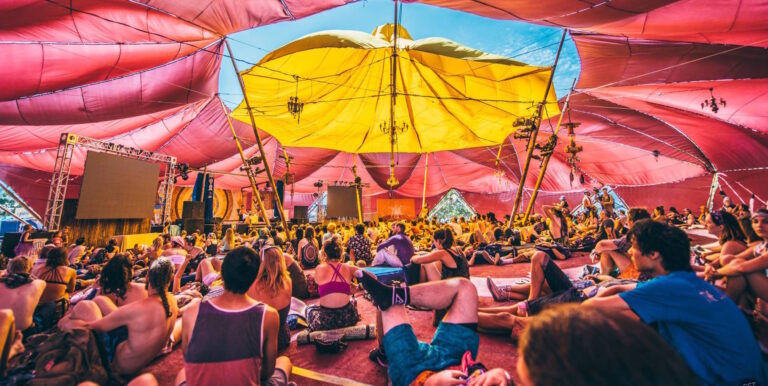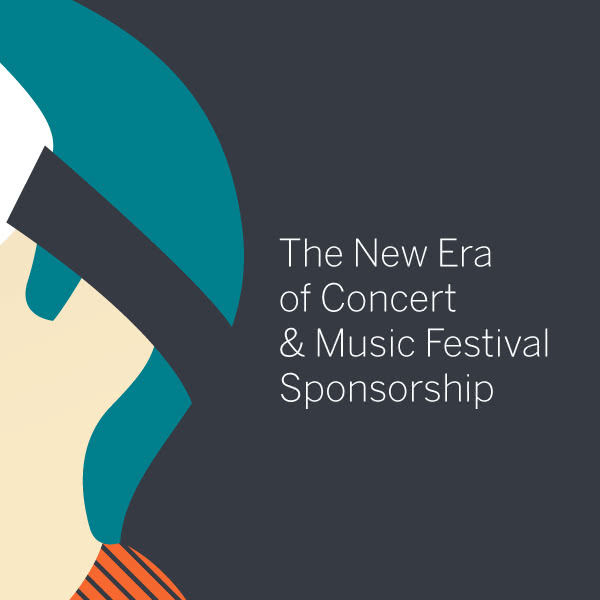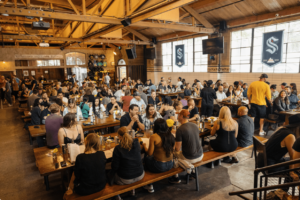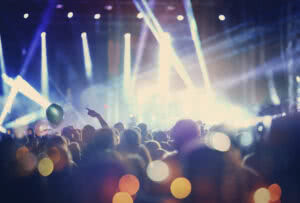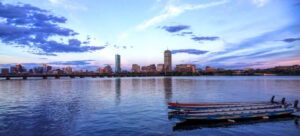When Lightning in a Bottle began in 2006, the founders knew it would be more than a music festival. From year one, they focused on aesthetics, environmental sustainability, and interactive art experiences. But they didn’t realize their efforts would spark the transformational festival movement that has shifted the entire industry. (Transformational festivals emphasize community, social and environmental responsibility, and healthy and creative activities alongside the music.)
The close-knit team (called “the Do LaB”) had spent years working at Coachella and attending festivals like Burning Man. They wanted to create a more authentic, immersive experience that touched on all aspects of one’s spirituality. In the process, they set standards (like free water refill stations) that are now expected at festivals across the country.
So, how did these innovative producers create a transformational festival — and what does that really mean? To find out, we interviewed two of the founders: Dede Flemming and Jesse “Y2” Shannon. Here’s how they’ve turned Lightning in a Bottle into the cornerstone of a movement — and a community:
Building a community
“Community is super important to us,” Dede says. “It’s a business, but it’s not just about how many tickets we sell at all costs. It’s about getting a loyal following, and maintaining the integrity of our core values. Our audience is an open-minded community of people that challenge norms and are accepting of others.”
The team has prioritized the community over the business. They don’t sell VIP tickets because they don’t want to drive wedge between their audience. And they don’t sell one day passes either.
“We want people there for the full experience,” Dede says. “Going for one day is cheating yourself a little bit, and also other people because you can’t create the greater community. The intentions and attitude are different.”
Making art interactive
“It’s aesthetic first,” Dede says. To build a transformational festival, the team examines every element of the environment — no big white tents in sight. “It has to be very pleasing to the eye. That really affects the people who are there.”
Not only are the festival grounds beautiful, the team also prioritizes creative art activations as much as the music. Their goal is to make people have so much fun doing other activities that the music falls to the background — even if they originally bought their ticket to see a particular band.
“We’re trying to curate more elements that involve people interacting with the artist or each other,” Dede says. “Instead of just having something to stare at, we want to draw you in and make you a part of it. In turn, that helps stimulate the growth of the community. People start to feel involved in the process, working together or side by side — it enables that personal interaction.”
This last year, Dede’s favorite transformational festival experience was “The Barber Shop.” It was a little stage with barber shop chairs that operated as a transformation station, where courageous attendees could spin the wheel and walk away with a whole new look.
“Maybe you didn’t realize you would get a mohawk today,” Dede says. “It challenges people to relinquish control.”
Prioritizing environmental sustainability
“We started this as an environmentally sustainable festival, which we know is a challenge with an event this size,” Dede says. “We’re trying to create good in the world.”
Being sustainable isn’t easy when thousands of people are camping in the California desert. To help fans become stewards of the land, the team puts together a sustainability action guide. They also release a green report and have on-site projects designed to connect their community with the nature around them.
Lightning in a Bottle set the standard for free water at festivals to reduce waste and prioritize health. Now, they’re continuing to innovate, using solar-powered lights whenever possible.
Choosing partners who embrace their brand
“Lightning in a Bottle isn’t just a music event — it’s a lifestyle event, with yoga, workshops, music, and camping,” Dede says. They needed a ticketing partner who understood all aspects of the transformational festival. “Having a horizontal ticketing platform like Eventbrite has helped us reach other event-goers.”
They also needed a partner they could trust with their brand, even overseas. “We spend marketing dollars in Europe just because we want our brand to be recognized on a greater scale,” Y2 says. “It helps for us to have exposure in front of more people, whether they’re already a fan or not. We know Eventbrite can help us sell more tickets, because it increases our value just by having our brand recognized and known by more people.”
To find out more ways partnering with Eventbrite helped them sell 65% more tickets — while maintaining the integrity of their transformational festival — read the full case study.
